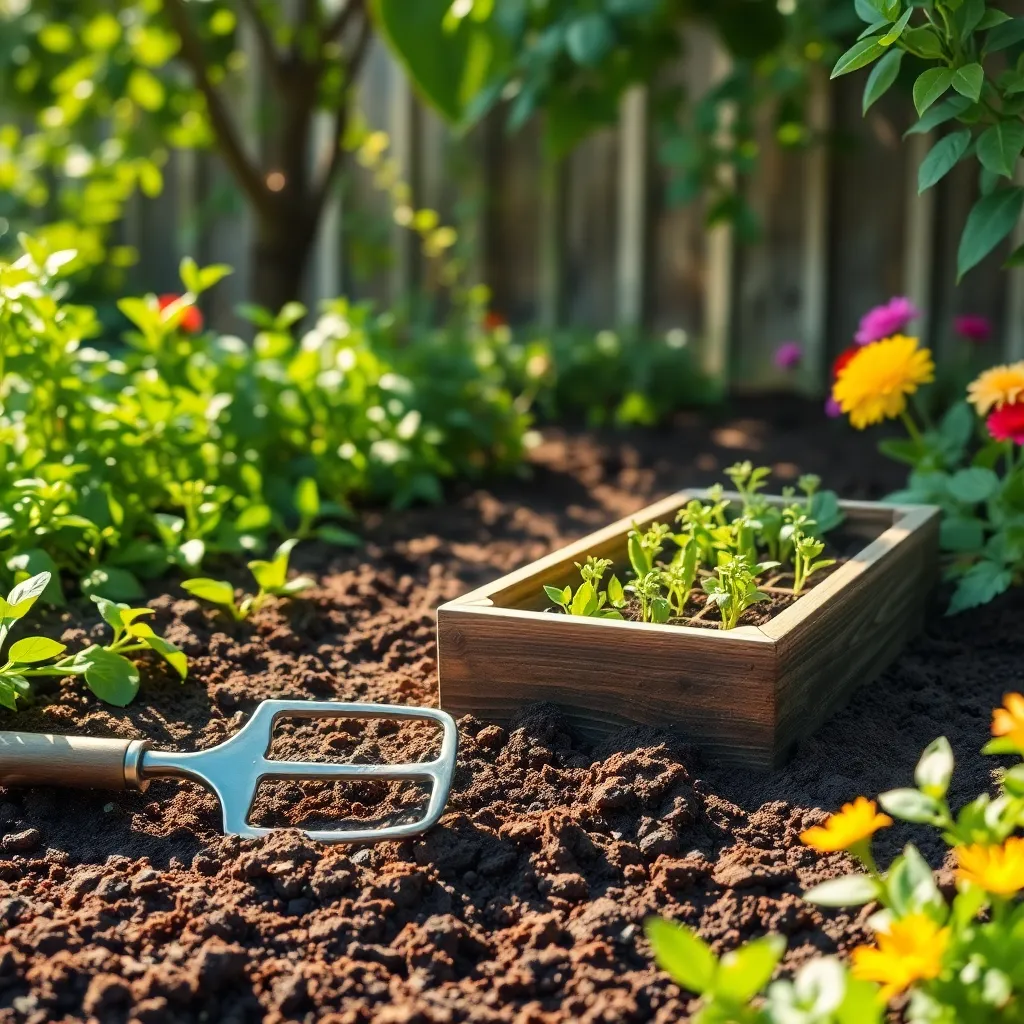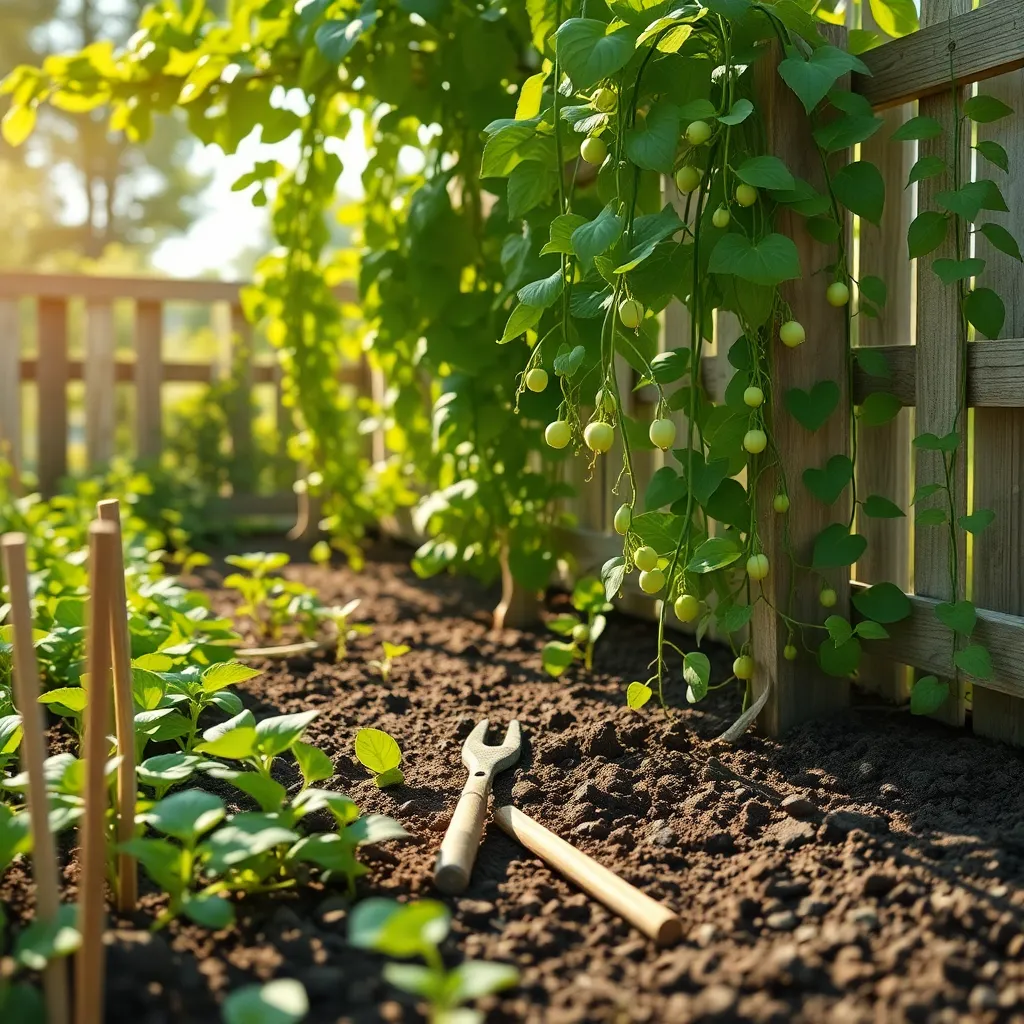There’s a certain magic in watching a trellis of pea vines climb skyward, their tendrils spiraling out in a delicate dance of green. Whether you’re just starting to explore the joys of gardening or you’re a seasoned planter with soil-stained hands, growing peas offers a rewarding experience that combines beauty, utility, and taste. Peas are not only a delightful addition to any garden but also a symbol of renewal and the promise of future harvests.
As you embark on this green-thumb journey, you’ll discover the secrets to nurturing these charming legumes, from choosing the right variety to understanding their preference for cool weather. We’ll delve into the nuances of soil preparation, sowing techniques, and the art of supporting your plants as they flourish. This guide promises to equip you with the knowledge you need to successfully grow peas, ensuring your gardening efforts yield bountiful results. With each step, you’ll find that cultivating peas is not just about growing food but about cultivating joy, patience, and a deeper connection with nature.
Select an Ideal Planting Site

Choosing the right planting site is crucial for growing healthy peas. Peas need full sun, so select a location that receives at least six to eight hours of direct sunlight daily.
Ensure the soil is well-draining to prevent waterlogging, which can harm pea plants. Amend the soil with organic matter, such as compost or aged manure, to improve drainage and provide nutrients.
For optimal growth, peas prefer slightly acidic to neutral soil with a pH between 6.0 and 7.5. You can test your soil’s pH using a home test kit and adjust it with lime or sulfur as needed.
Advanced gardeners might consider using raised beds or trellises to optimize space and increase air circulation around the plants. This method can help prevent diseases and make harvesting easier, especially if you are working with limited garden space.
Prepare the Soil with Compost

Before planting peas, it’s crucial to enrich your soil with compost, which improves both fertility and drainage. Begin by spreading a 2-3 inch layer of well-rotted compost over your planting area, ensuring it covers the entire site evenly.
Next, use a garden fork or tiller to incorporate the compost into the top 6-8 inches of soil, which enhances root penetration. This process not only boosts the nutrient content but also helps balance soil pH levels, creating an optimal environment for pea growth.
Consider adding a balanced organic fertilizer, especially if your soil lacks essential nutrients. Mix it in with the compost to provide a nutrient-rich start for your pea seedlings.
It’s beneficial to test your soil’s drainage by watering the area and observing how quickly the water is absorbed. If you notice pooling, amend the soil further with sand or perlite to improve its structure.
For advanced gardeners, consider making “compost tea” to boost microbial activity in the soil. Use it as a liquid fertilizer during the growing season for an additional nutrient boost.
Sow Pea Seeds Correctly

Begin sowing pea seeds as soon as the soil can be worked in the spring, because peas thrive in cool weather. Ensure the soil temperature is at least 45°F (7°C) to promote germination and prevent seeds from rotting in the ground.
Space your seeds about 2 inches apart in rows that are 18 to 24 inches apart to allow for good air circulation. If you’re planting multiple rows, consider orienting them north to south to maximize sunlight exposure throughout the day.
To sow the seeds, plant them at a depth of 1 to 2 inches, pressing them gently into the soil to ensure good seed-to-soil contact. Water the seeds lightly after planting, but be careful not to overwater as peas prefer a moist, not soggy, environment.
For gardeners with a bit more experience, consider soaking the seeds overnight before planting to speed up germination. You can also inoculate the seeds with a rhizobium bacteria to enhance nitrogen-fixing capabilities, which can lead to healthier plants and higher yields.
Water and Mulch Consistently

To ensure healthy growth, peas require consistent watering, especially during flowering and pod development. Aim to provide about one inch of water per week, adjusting for rainfall and evaporation to maintain evenly moist soil.
Water the plants deeply but less frequently to encourage root growth and resilience. Use a soaker hose or drip irrigation system for efficient watering without wetting the foliage, which helps prevent diseases.
Incorporating mulch around your pea plants is essential for moisture retention and weed suppression. Apply a layer of organic mulch, such as straw or shredded leaves, about two to three inches thick, keeping it slightly away from the plant stems to avoid rot.
Mulching not only conserves water but also helps maintain a consistent soil temperature, crucial for optimal pea growth. As the mulch breaks down, it adds valuable organic matter to the soil, enhancing fertility over time.
Support Vines with Trellises

To ensure your pea plants thrive, it’s important to provide them with a sturdy trellis for support. Peas are natural climbers, and a trellis allows them to grow vertically, which can help save space and improve air circulation around the plants.
Begin by selecting a trellis that suits your garden layout—options include simple netting, bamboo stakes, or more decorative structures. When setting up the trellis, make sure it is secure and robust enough to withstand wind and the weight of the plants as they mature.
Position your trellis before planting to avoid disturbing the roots later on. This early setup will also guide the plants as they start to grow, ensuring they latch onto the support system right from the start.
Consider using twine or soft plant ties to gently train the pea vines onto the trellis as they grow. This helps prevent the plants from flopping over and encourages them to climb, maximizing their exposure to sunlight.
For those looking to optimize their garden further, experiment with different trellis designs to see which works best for your peas. A well-supported pea plant not only yields more pods but is also less susceptible to disease due to improved airflow.
Conclusion: Growing Success with These Plants
In growing peas, we’ve explored five essential concepts that mirror nurturing a thriving relationship. First, we discussed the importance of patience, understanding that both peas and relationships require time to flourish. Second, we emphasized the need for a supportive environment, just as peas need the right soil, relationships thrive in a nurturing atmosphere. Third, regular care and attention, akin to watering and weeding, are vital for maintaining connection and growth. Fourth, we highlighted the significance of dealing with challenges proactively, whether it’s pests in the garden or conflicts in a relationship. Lastly, celebrating milestones, much like harvesting peas, reinforces the joy and satisfaction of shared achievements.
Your actionable next step is to identify one relationship that could benefit from a little extra nurturing this week. Make a small, meaningful gesture that aligns with the values discussed here.
Remember to bookmark this article so you can revisit these insights whenever you need guidance. With dedication and care, your relationships can blossom as beautifully as your garden. As you cultivate these principles, look forward to a future filled with deeper connections and shared joy. Let these insights be your guide to sowing seeds of love and growth.
